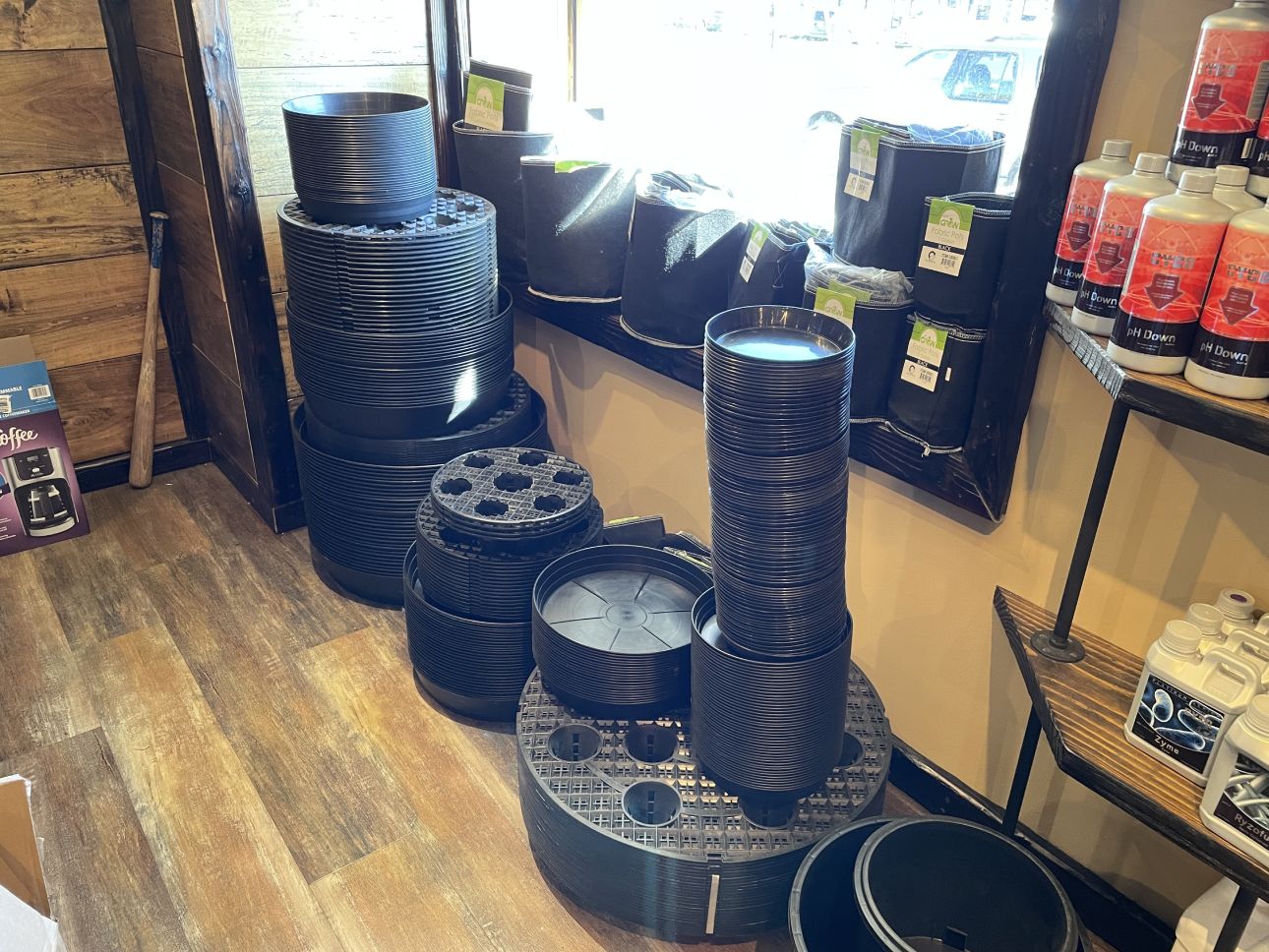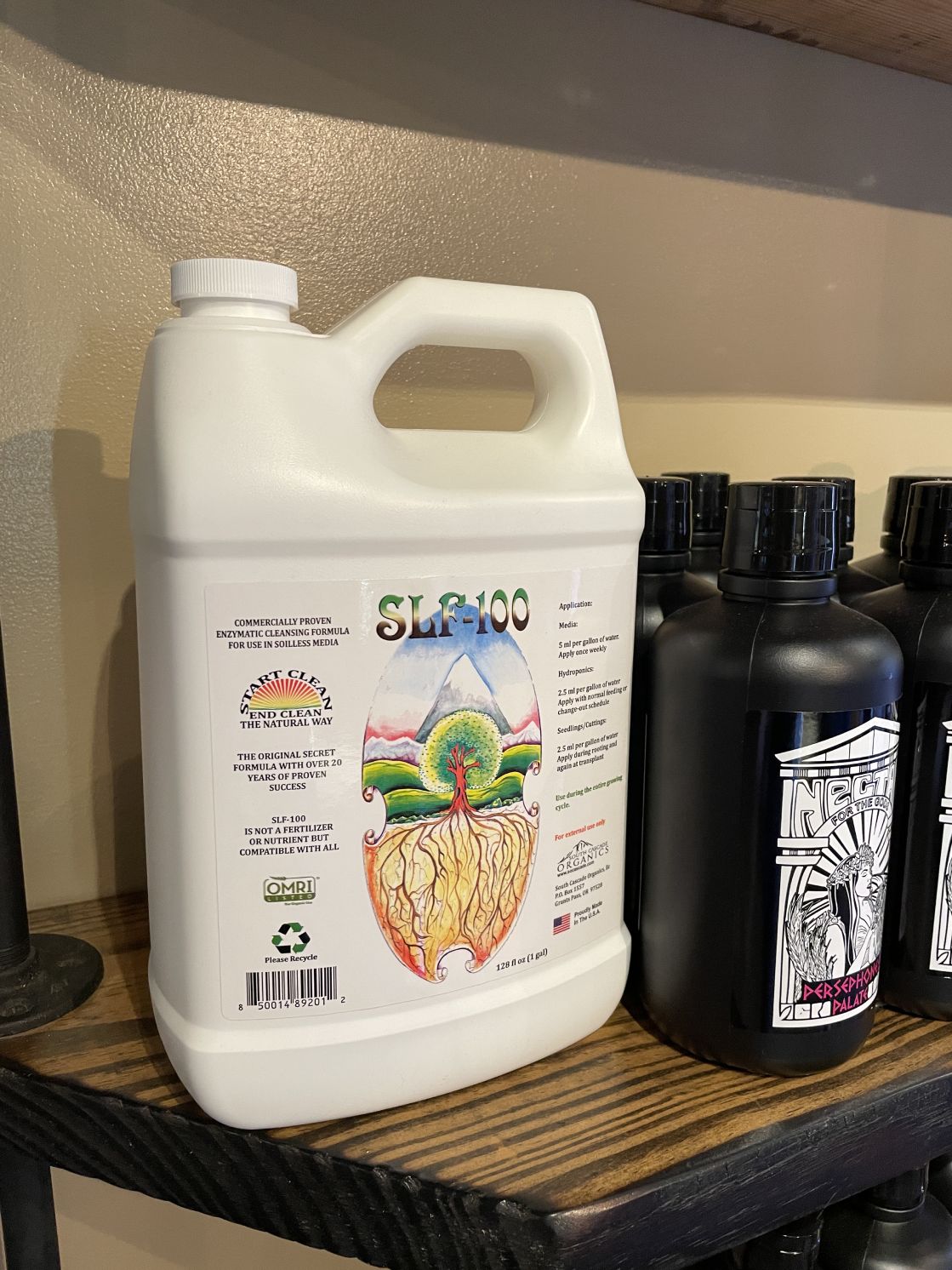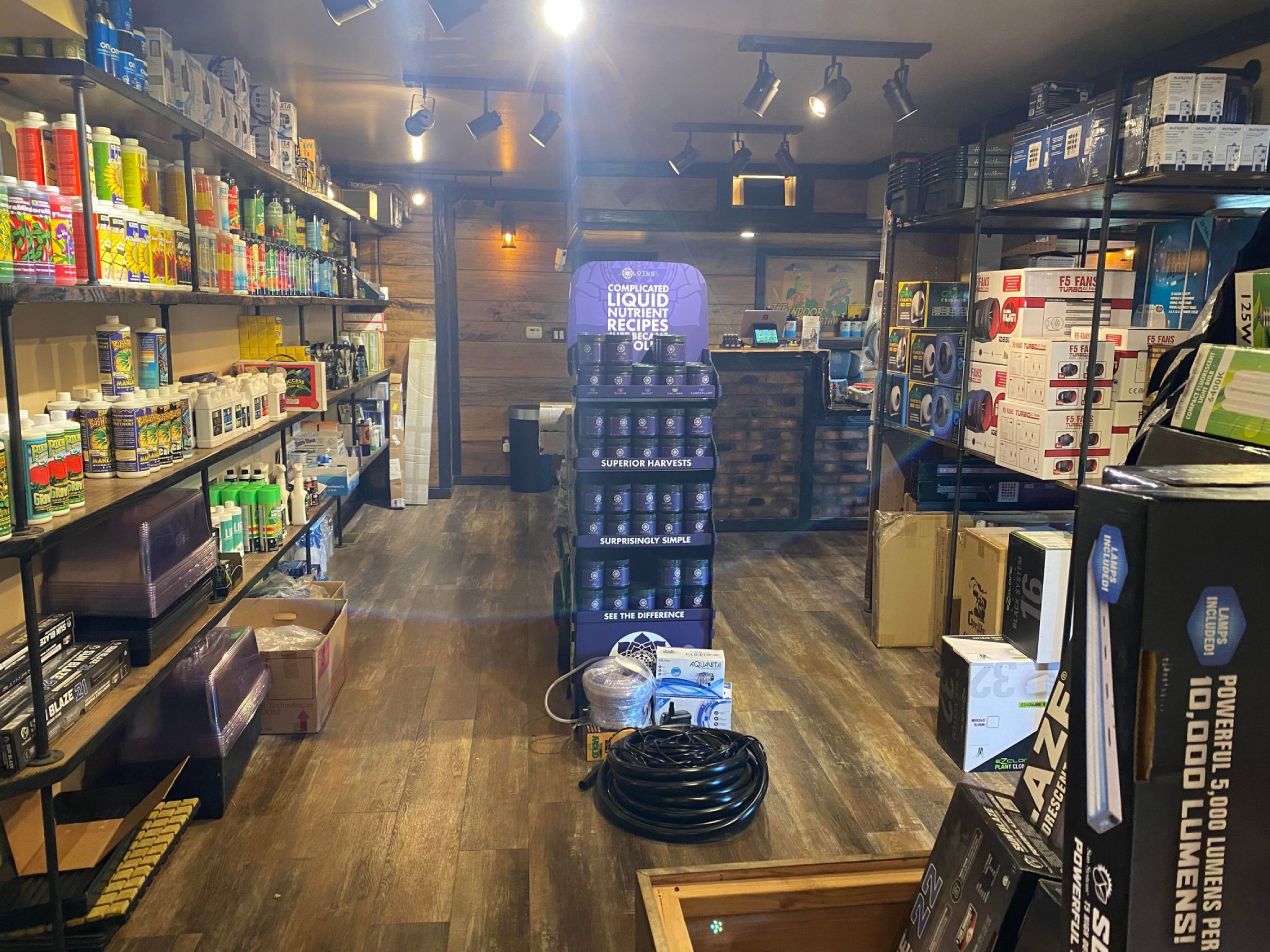Discover the Ultimate Growing Strategy: The Indoor Earthworm Approach
Unlocking the Possible of Hydroponics: Understanding Its Utilizes and Various Types
Hydroponics, an approach of growing plants without dirt, has actually gathered increasing attention for its possible to revolutionize agriculture and cultivation techniques. The precision control over nutrient shipment, water usage, and environmental elements uses a glimpse right into a future where food production can be enhanced in different settings. As we browse through the complex landscape of hydroponic systems and strategies, it becomes apparent that each technique holds distinctive benefits and constraints. By deciphering the diverse usages and sorts of hydroponics, we can reveal a globe of opportunities that might improve just how we envision sustainable farming and gardening practices.
Advantages of Hydroponic Equipments

One more advantage of hydroponic systems is the ability to expand plants in a smaller sized space. Hydroponic systems reduce the threat of soil-borne illness and insects, as there is no dirt to nurture these risks.
Common Makes Use Of in Agriculture

Provided the effective water preservation and space-saving advantages of hydroponic systems, it appears that these innovative agricultural methods have found common uses in various industries of agriculture. In standard farming, soil-based farming can be land-consuming and labor-intensive. Hydroponics supplies a remedy by allowing plants to be expanded without dirt, minimizing water use by as much as 90% compared to traditional farming techniques. This makes hydroponics especially suitable for regions facing water scarcity or minimal cultivatable land. Additionally, the controlled setting of hydroponic systems enables year-round cultivation, providing a regular supply of fresh fruit and vegetables despite outside weather.
Hydroponics is commonly utilized for expanding a selection of plants, including leafy eco-friendlies, tomatoes, cucumbers, herbs, strawberries, and peppers. In addition, hydroponic systems are utilized in research study and academic setups to research plant growth, cultivation, and nutrition strategies.
Discovering Various Hydroponic Strategies
Hydroponic systems supply a variety of methods that provide to different plant kinds and growing objectives. Furthermore, the Ebb and Circulation system, likewise known as the Flooding and Drain system, periodically floods the plant origins with nutrient service, allowing for oxygenation throughout draining durations. Each of these techniques showcases the convenience and effectiveness of hydroponic systems in boosting crop development and yield.
Contrasting Various Hydroponic Solutions
Exploring the effectiveness and yield improvement strategies in hydroponics leads us to compare numerous hydroponic systems offered for crop growing. Each hydroponic system has its one-of-a-kind functions, benefits, and look at this web-site restrictions, making it critical for cultivators to pick the most appropriate system based upon their specific requirements and restraints.
One of the most typical hydroponic systems is the nutrient movie technique (NFT), where a thin film of nutrient remedy continuously streams over the plant origins. In comparison, the deep water culture (DWC) read this post here system immerses plant origins directly right into the nutrient remedy, supplying adequate oxygen and nutrients.
One more preferred hydroponic system is the ups and downs (or flooding and drain) system, which periodically floodings the plant roots with nutrient service prior to draining it. This cyclic procedure ensures appropriate aeration for the origins while supplying nutrients effectively. Furthermore, the aeroponic system puts on hold plant origins airborne and mists them with a nutrient option, advertising fast growth and high oxygenation levels. Farmers seeking a functional system that minimizes water usage often choose aeroponics. By recognizing the distinctions between these hydroponic systems, farmers can make informed choices to optimize crop yield and quality.
Technologies in Hydroponic Innovation
One vital innovation is the growth of wise hydroponic systems that make use of sensors and automation to keep an eye on and change ecological conditions such as pH levels, nutrient concentrations, and light exposure in real-time. These systems enable exact control over growing conditions, leading to optimum plant growth and higher crop yields.
Another notable development is the integration of upright farming techniques with hydroponic systems, permitting the farming of plants in stacked layers. This vertical strategy takes full advantage of area use, making it perfect for city environments where land schedule is limited - The Indoor Earthworm. In addition, the use of innovative LED lighting systems tailored to details plant needs has improved power effectiveness and enhanced growth prices in hydroponic setups
Developments like these are driving the evolution of hydroponics, making it a lasting and extremely attractive alternative for modern agriculture.
Final Thought
Finally, hydroponics offers various benefits in farming and has numerous strategies and systems that can be made use of to optimize its capacity. Innovations in hydroponic modern technology continue to boost performance and sustainability in food manufacturing. By understanding the usages and different kinds of hydroponic systems, growers and farmers can open the full capacity of this ingenious technique of growing plants without soil.
Additionally, hydroponic systems enable for better control over nutrient degrees, pH balance, and environmental conditions, leading to healthier plants and higher returns.
